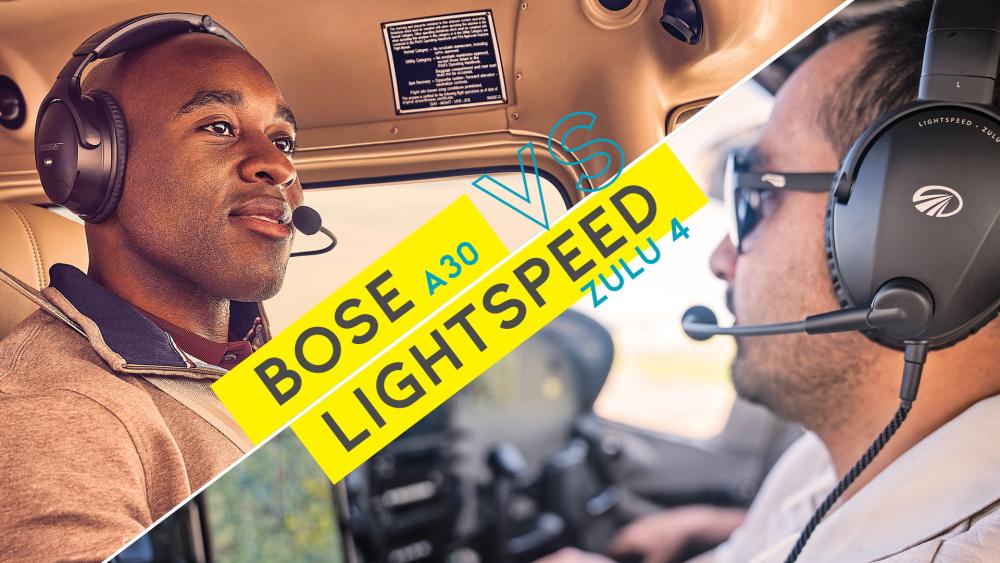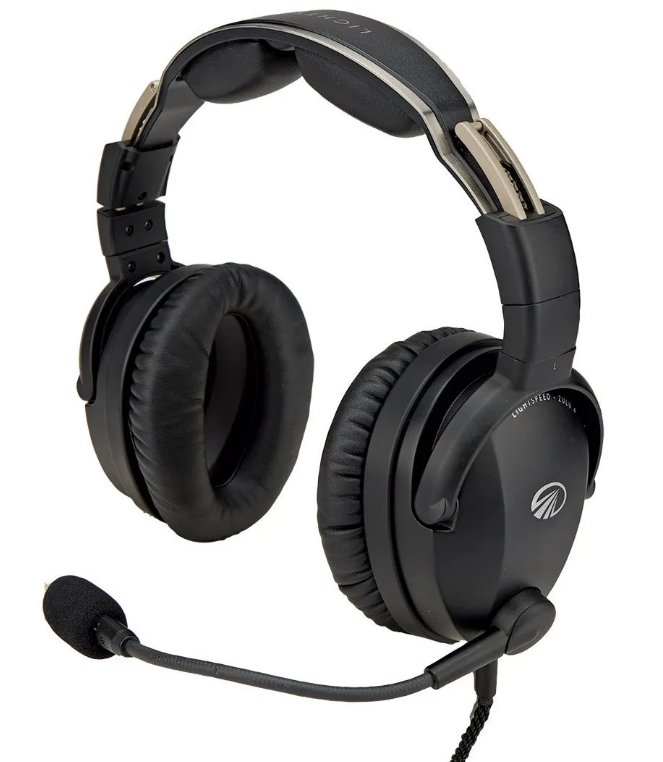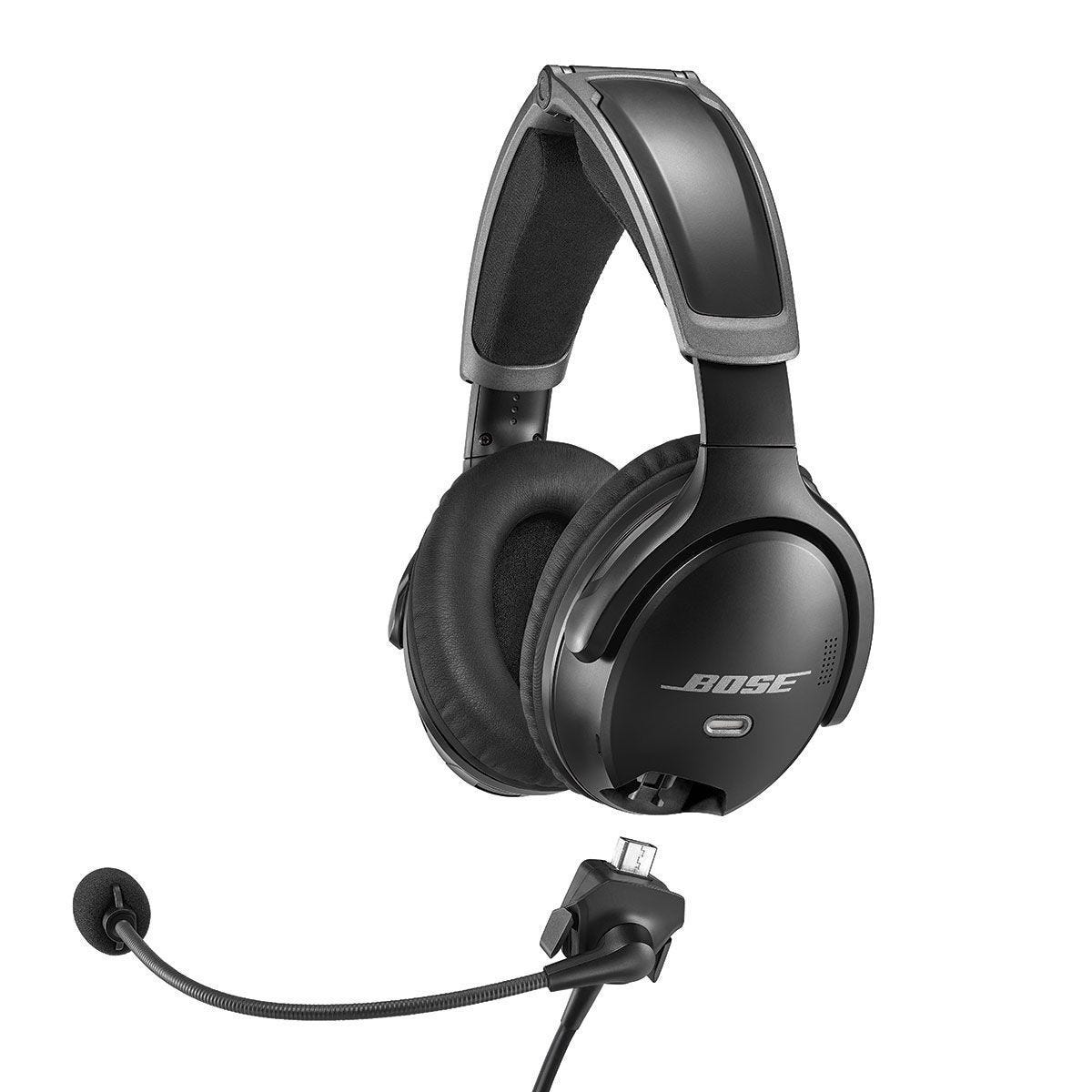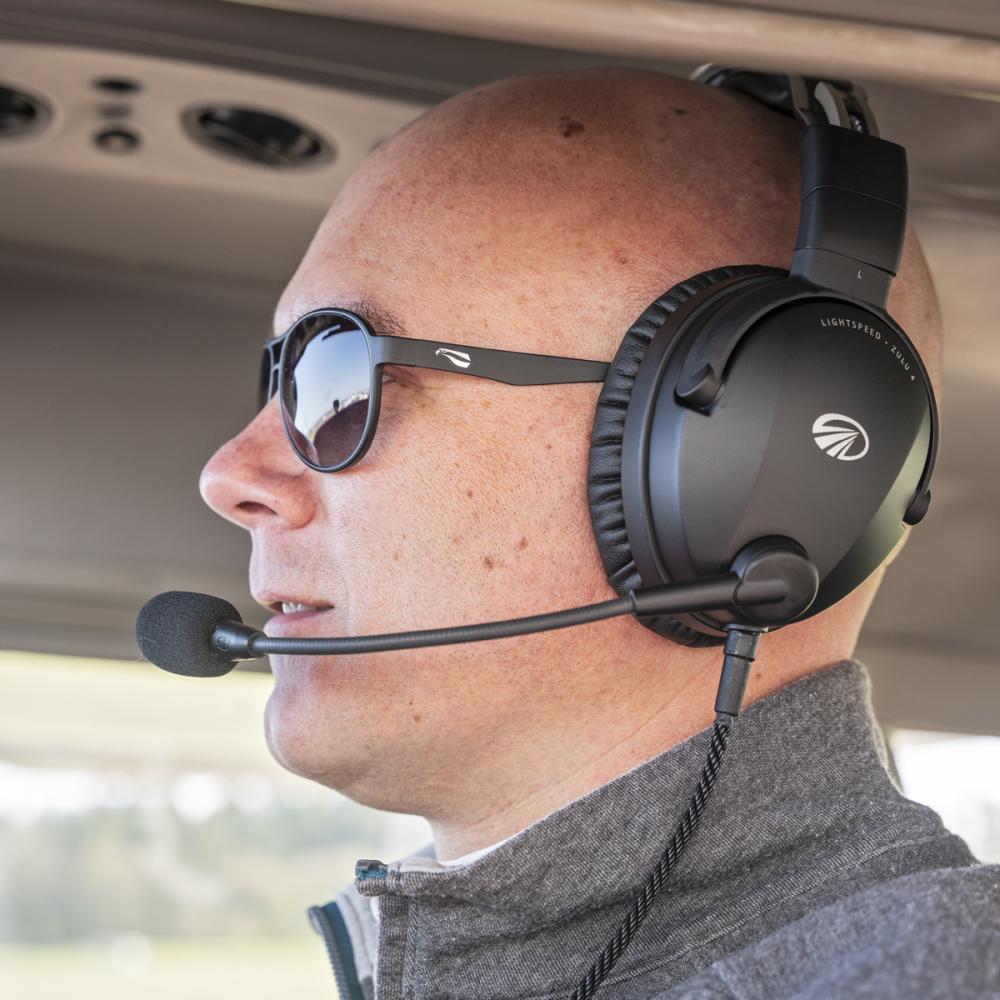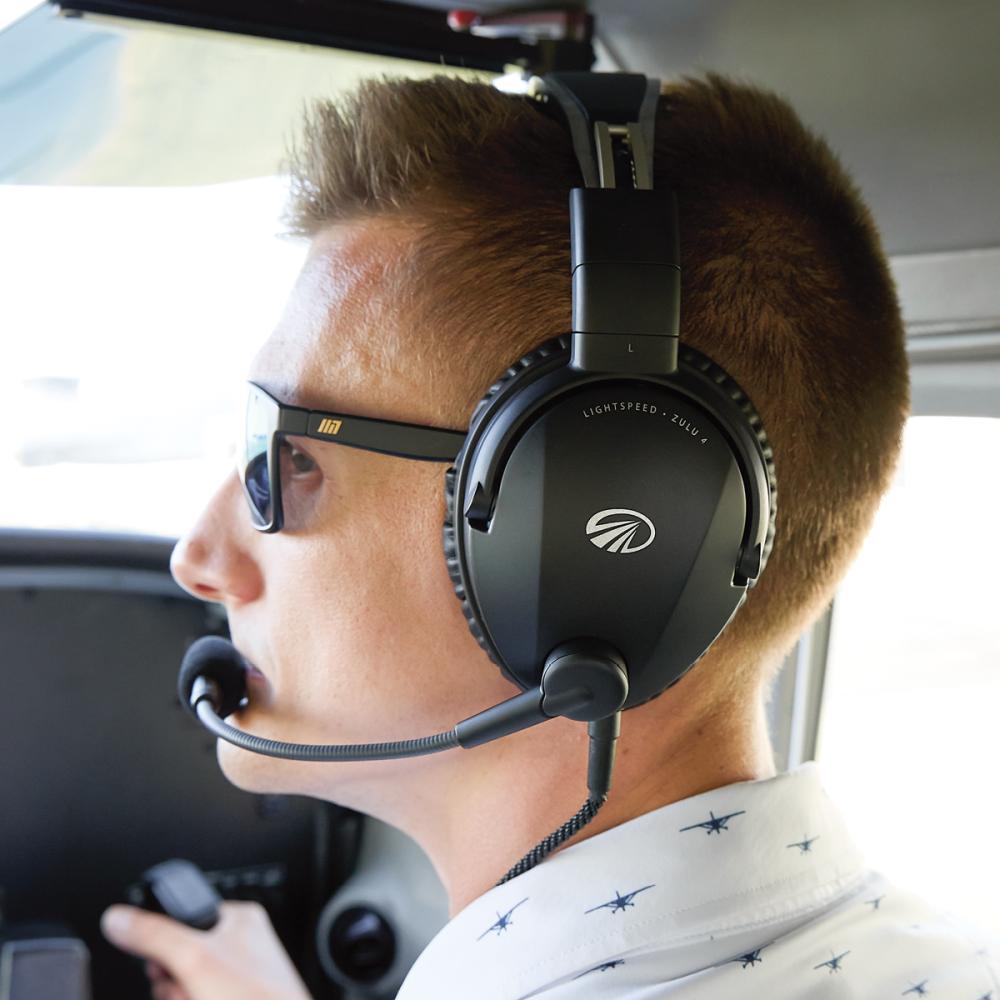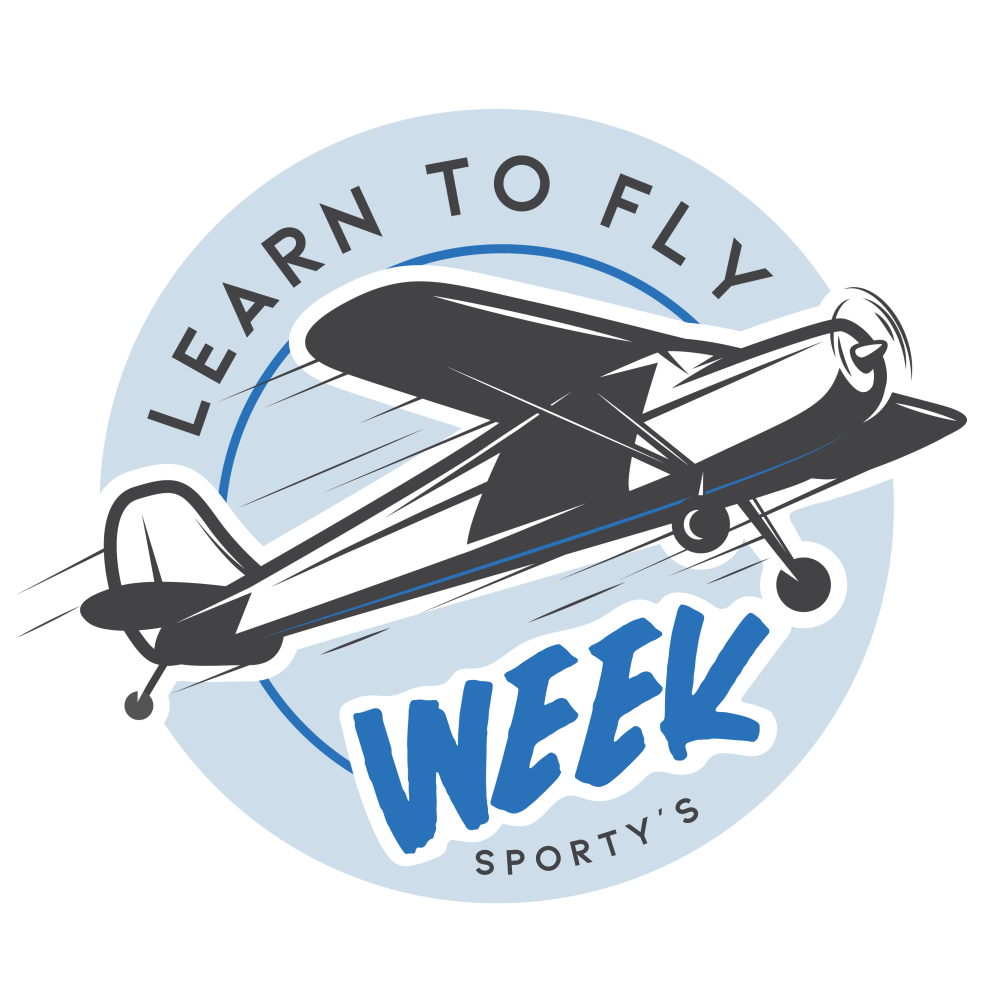Which headset is the best? We get this question asked more than any other question when we do demos. We compare this to the classic “Coke or Pepsi” or more appropriately "Lamborghini or Ferrari" questions. The Lightspeed Zulu 4 and Bose A30 are top-of-the-line headsets from leading manufacturers with very impressive feature sets. The good news is that there isn’t a wrong answer: you’ll be ecstatic with either one.
With that being said, there are some important differences between the Zulu 4 and A30. Whether these features resonate with you will depend on your personal preferences. We’ll lay out some details and give you some of our opinions, but the final decision will be up to you, the pilot in command.
There are countless ways to compare headsets, but for the pilots at Sporty’s, it comes down to eight different features. Let’s consider these two headsets on each one.
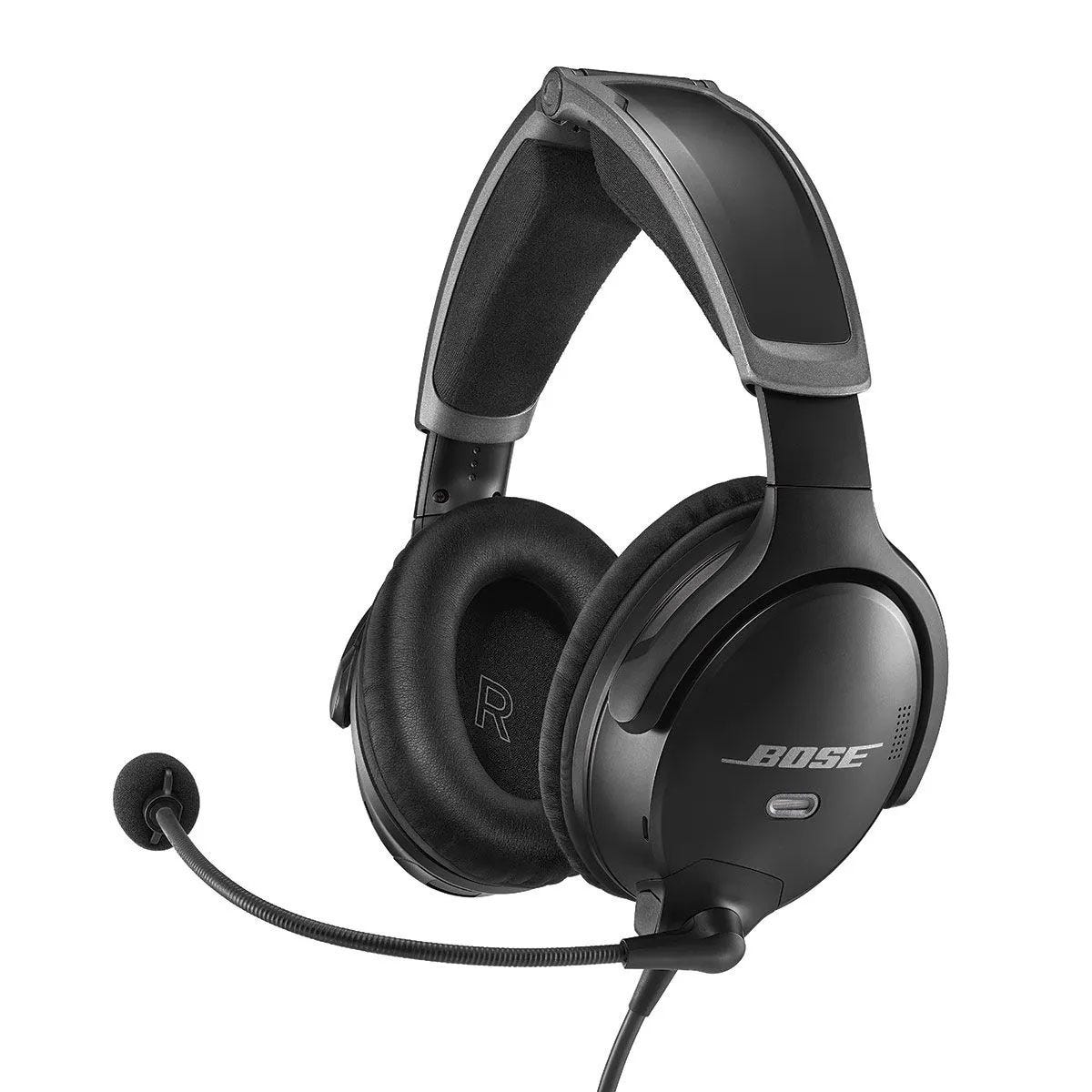 Comfort. This comes first for us, because the quietest headset in the world is no good if you can’t stand to wear it. Both the Bose A30 and the Lightspeed Zulu 4 use modern materials to reduce weight and clamping force, so they can be comfortably worn, even on 4+ hour flights. Bose makes the lightest headset, and when it comes to clamping force, Bose says the A30 has 20% less side pressure than the A20 (already a very comfortable headset). We believe it—the A30 feels like it’s barely there. On the other hand, Lightspeed’s generously sized ear seals are probably the best in the business. With the addition of FrameFit™ earseals, the Zulu 4 is slightly more accommodating when wearing sunglasses. Comfort is a very personal choice, so it’s hard to pick a definitive winner here
Comfort. This comes first for us, because the quietest headset in the world is no good if you can’t stand to wear it. Both the Bose A30 and the Lightspeed Zulu 4 use modern materials to reduce weight and clamping force, so they can be comfortably worn, even on 4+ hour flights. Bose makes the lightest headset, and when it comes to clamping force, Bose says the A30 has 20% less side pressure than the A20 (already a very comfortable headset). We believe it—the A30 feels like it’s barely there. On the other hand, Lightspeed’s generously sized ear seals are probably the best in the business. With the addition of FrameFit™ earseals, the Zulu 4 is slightly more accommodating when wearing sunglasses. Comfort is a very personal choice, so it’s hard to pick a definitive winner here
RESULT: Tie.
Quiet. This feature is a close second on our list of priorities because, after all, noise reduction is the whole purpose of a headset. Both manufacturers use advanced ANR technology to cancel noise across a wide spectrum, making them suitable for everything from Light Sport Aircraft to noisy piston twins and even jets. And far from simply muting the engine, the A30 and Zulu 4 gently reduce the most fatiguing noise and thus make it easier to detect any anomalies. And of course, communicating with ATC is far easier. After many hours of flight testing, we can’t detect a major advantage one way or the other on this feature—the ANR sounds different but not substantially better on the Bose or Lightspeed.
RESULT: Tie.
Bluetooth Audio Features. This wasn’t a feature until about 15 years ago, when Bluetooth was added to aviation headsets. Now it’s a must-have, and not just for music: audio alerts from electronic flight bag apps like ForeFlight can be lifesavers. While both headsets have Bluetooth, the Zulu 4 upped the ante by having dual Bluetooth capability. This allows you to connect your iPad and iPhone to the headset at the same time. This is a compelling feature, as getting clearances on the ground by telephone is becoming more common. The Zulu 4 even added an AI-enhanced microphone to make you sound even better when getting these remote clearances (click here to hear the AI microphone difference). Lightspeed also integrates Bluetooth connectivity with their custom iOS app, which allows you to record and play back intercom activity.
RESULT: Lightspeed.
Durability. Just because these are sophisticated ANR headsets doesn’t mean they are fragile. While neither would be our choice for an open cockpit seaplane, both the A30 and the Zulu 4 stand up well to daily abuse among pro pilots and flight instructors. Bose makes a solid product that meets FAA TSO and EASA E/TSO-C139a standards (not an easy thing to do), but Lightspeed gets the edge here. The Zulu 4 is constructed with a stainless steel headband, magnesium ear cups, and Kevlar core cable, and is backed by an unmatched 7-year warranty. It is rugged. We even pulled an airplane with the headset cable.
RESULT: Lightspeed.
Clarity. Often overlooked, the clarity of a headset’s speaker and microphone is actually pretty important. The more easily you can understand ATC (and vice versa), the lower your workload will be as a pilot. A lot of this is determined by the airplane’s radios, intercom, and audio panel, but there are some differences between the two headsets. Neither one struggles in this area, but some of our product testers thought the Zulu 4 had a different sound quality than the A30. Not that it was bad, but the Bose was clearer and easier to understand for incoming radio calls.
RESULT: Bose.
Flight Deck Operations. Professional aviators have needs that are more specific to the carrier they are working for. For those flying right seat, the Bose A30 allows you to easily switch the microphone location from the left to the right. This is important so you don’t have to put up with a cable going across your body. Bose headsets are also TSO’d, and this might be important depending on who you are flying for. Check with your chief pilot.
RESULT: Bose.
Value. Neither one of these headsets could be considered inexpensive: the Bose A30 is $1299, and the Lightspeed Zulu 4 is $1099. However, value means more than just price and both headsets offer a lot of safety and comfort features for their elevated prices. A high-quality headset can last for a decade, so it’s usually a wise investment to “buy the most headset you can afford,” as the saying goes. In the end, the Zulu 4 offers excellent noise reduction, rugged construction, and an impressive feature set for $200 less than the Bose.
RESULT: Lightspeed.
Room for improvement
It’s not all roses, of course. Both headsets have some missed opportunities among the many great features. Here are a few weak points (and free advice for product designers!).
- Does not work with Bose app
- Highest priced aviation headset
- Low side pressure makes for a looser fit
Lightspeed Zulu 4 Cons:
- Microphone cannot be moved like the A30
- Larger footprint when stowing, especially in the included case
- Not TSO'd
Conclusion
So what’s the best aviation headset? Unfortunately, there’s no simple answer. While it might sound like we’re dodging the question, both headsets are truly exceptional products. The truth is the best headset will vary from pilot to pilot. The only way to know for sure is to go flying—which is why Sporty’s offers a hassle-free Test Flight Guarantee. Take your new headset flying for 30 days and see what you think; if it’s not perfect, send it back to us for a refund or exchange
Watch our video PIREP below for more:


